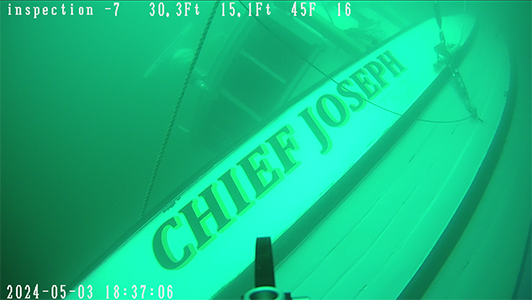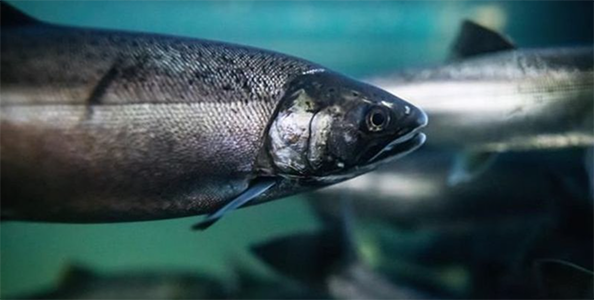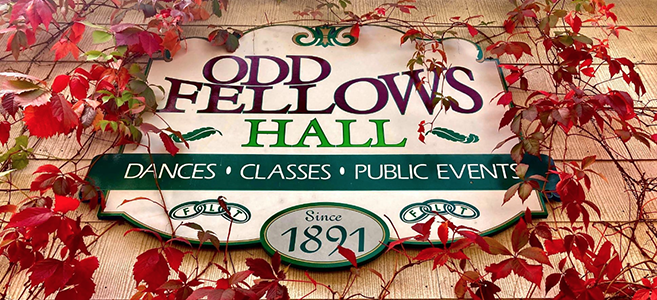||| MIDNIGHT MUTTERINGS by JACKIE BATES |||
After admitting I have two new kittens who have come to me without benefit of prior neutering (which will occur when they are five or six months old) and until which time will be locked in a nunnery with no access to sexual adventuring, I agreed to share with you my intimate knowledge of how feline overpopulation came to be.
First, though, I had to look up some statistical facts about said overpopulation problem. After consulting the almighty web, I can report that there are a goodly number of studies, reports, wild guesses, and head counts, which all come to the same conclusion which is: We Got Way Too Many Kitties. That includes feral, starving skeletal, unloved killer cats roaming the earth as well as a few cared for, spoiled, precious companions, who, like their pathetic scraggly relatives, are making a quick lunch of too many songbirds, who never hurt anybody. (Never mind rodent control, where cats seem to have excelled, especially on ships. That’s just not our topic today.)
So, why are there too many cats all over the world? Well, of course, it’s because they breed like bunnies and there are far too many people who allow that to happen right under their own noses, so to speak. I could not find from my reading, who was the single person considered responsible for this tragedy. The likely conclusion is that there is not one person who is responsible—in fact, there may be many, even thousands of such irresponsible persons who contributed to this ecological problem.
Well, that seems logical and I could believe it. Except, I know better. I can tell you who was the ONE person ultimately responsible for the cat overpopulation problem, at least in North America. Sure, she ultimately got a lot of help in her mission. She wasn’t the only one for sure. But I can honestly report that I have full knowledge that she was the main cat breeder, if inadvertent, of her generation.
Her name was Huldah Turner, nee Huldah May Brinkley, born 1906, in London, England. I do not know if she had cats in England, but her wayward path began shortly after she emigrated, at age twelve, from Britain to Roanoke Island (where Sir Walter Raleigh brought the first English colony to North America in 1587). Well-documented (if disputed) facts about the ‘Lost Colony’ aside, this is about Mrs. Turner and her cats. And this is how I know her story and what happened. Huldah Brinkley Turner was my mother. I can assure you she would not appreciate my telling you this, or any other story about her. She was a private person and I am betraying her trust mightily. But, with pleasure, here goes:
If you managed to wade your way through my biography, you might recall it contained references to some of my family’s household and outdoor animals. But no cats. When we moved when I was five years old, to the house my father had built before my birth as the fourth and last child, we left behind some of the animals I loved. The former circus pony, Virginia Dare (a Lost Colony namesake) with her stubborn Shetland ways, came along, but no Rooster and worst of all, no Winston Churchill, my beloved English Setter brother. I don’t remember the actual move or what happened to those dear-to-me creatures, except they were missing. My mother and I barely knew each other and suddenly we were alone in the middle of 70 acres of secondary forest, with my older siblings in school and my father at work. Neither of us, my mother nor I, was pleased with the situation and we didn’t have anything to speak of in common. And yet…
One day we headed for town in our old Chrysler sedan for some errand I do not recall. When we emerged from the forest at the top of the quarter mile of rocky, twisty driveway to the paved road to town, the rain was so hard we could barely see. But there under the pathetic shelter of the mailbox were two tiny, drenched kittens, sitting quietly side by side in a puddle. I insisted that we pick up the kittens. Town was six miles away and I do not know what our mission was, but I begged for those soggy kittens. My mother conceded that if they were still there when we returned, we could pick them up, assuming reasonably that it would not be the case. I don’t know how long we were gone, but I had not forgotten for a second about her promise. And there they were, in the same spot, beyond cold and wet, not moving. We brought them into the car and dried them off as best we could and took them to the house, where my mother wrapped them in towels and fed them warm milk with a gentleness I had not known about her.
One was calico and one a grey tabby and I’m guessing now that they were about four to six weeks old and someone must have dumped them when they were too small to hide in the woods or even get out of the rain. Always, creative, we named them Calico and Grey and they were the beginning of the cat overpopulation as we know it today.
Some time passed and a family friend was visiting and using his qualifications as a Professor of Zoology (and later Chancellor) at NC State College, he pronounced Calico, like all Calico cats, female and Grey as male. (This expert’s name was Carey Bostian, and you can look up his credentials as a geneticist and cat sexologist on the internet.) A bit of time passed and 70 acres wasn’t a problem for randy male cats and Calico became the proud mother of four kittens. Not long after, Grey produced six babies in spite of his expert gender assignment.
Well, that was the beginning. My mother and I had little in common, but we both loved those cats, while the other family members were indifferent to worse. There were many generations, lots of colors and personalities in our clowder. At one point there were seventeen cats of various ages, with three new mothers and likely a tad of incest contributing to the population. In spite of my growing expertise in Giving Kittens Away. After I ran out of family names and those of my sisters’ boyfriends, I named them after characters in books, and finally the Bible. In spite of doing time in Catholic, Episcopal and Baptist schools, my main takeaway from religion was cat names. I made up biographies for the babies, wrote pamphlets about their personalities and drew crude portraits in order to get people to take kittens home, where I assume they continued to allow unlimited cat birth.
So that’s my accomplice confession even as I blame my mother as the primary instigator. It was her fault and mine, and the one love we shared. Tonight, when I look at Rose and Molly, my grey tabbies, not yet ten weeks old and holy terrors, I think they might be related many generations later from that tiny, wet, grey, male, tabby kitten, later mother of six and many more, shaking under the mailbox 3,000 miles and nearly eight decades from here.









What a sexy yarn ! Love the naming games
PLEASE do keep us up-to-date about the sinful ways of your Molly and Rose. Your writing is nonpareille.
I love this – another delightful, fun filled, fact filled tale about your cat clowder and your mom as Cat Lady – anyone who loves cats has highest standing in my book. You always leave us with big grins – I love your writing!
I’m glad you have new children that return you to the happier memories if your mom. Great writing.